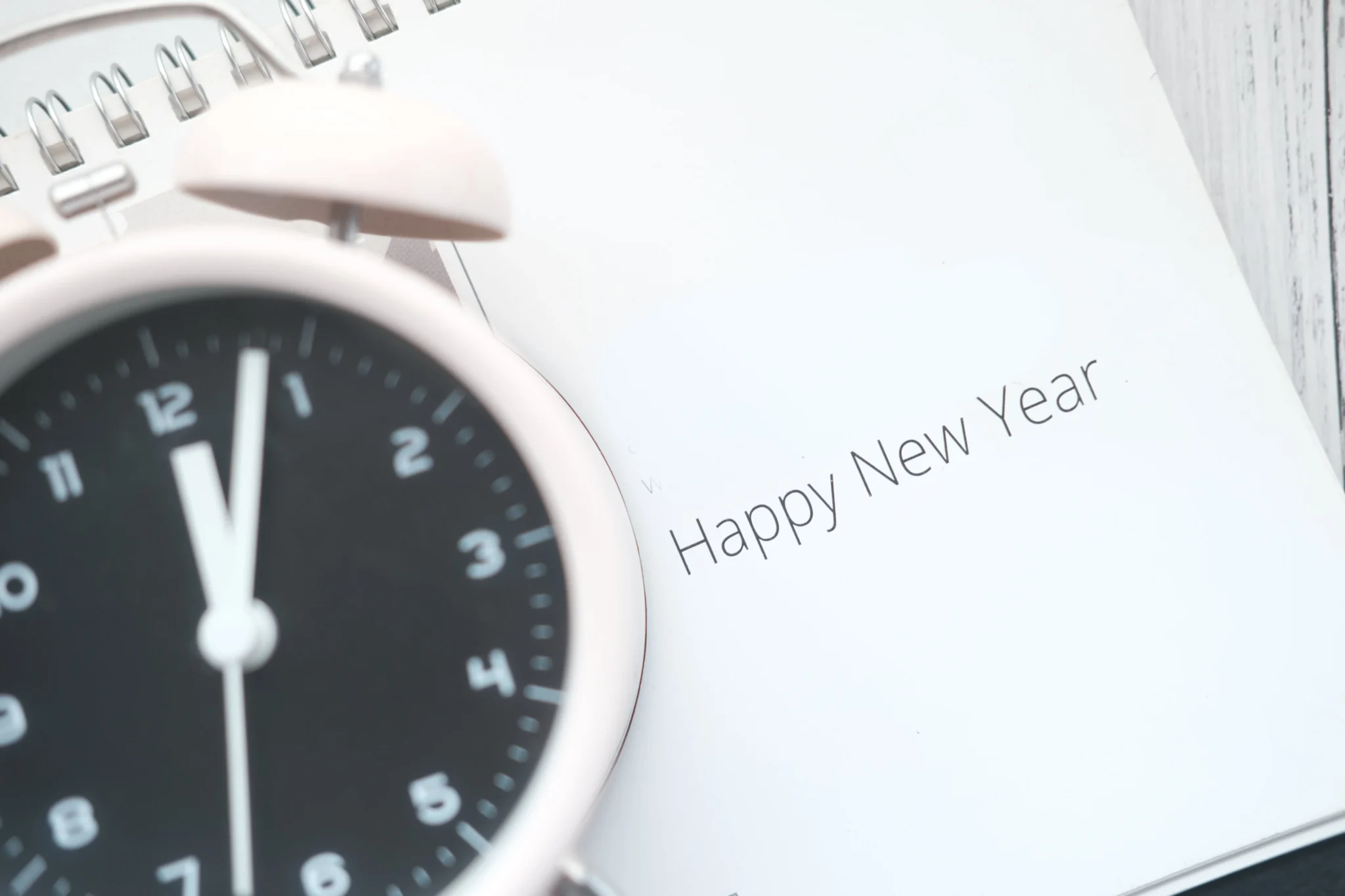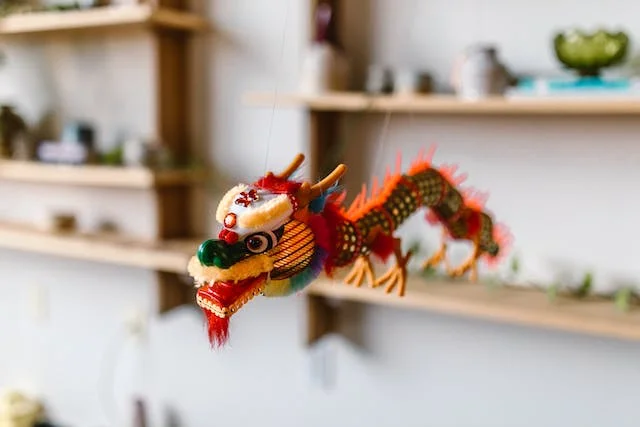As an Amazon Associate, I earn from qualifying purchases. This post may contain affiliate links. If you make a purchase through these links, we may earn a commission at no additional cost to you. Please read our full disclosure here.
In the waning hours of December 31 and the dawning moments of January 1, the world unites in a celebration known as the New Year. Beyond the ticking of the clock, this global tradition holds profound significance. It is a collective exhale, a shared embrace of closure for the year gone by, and an eager welcome to the possibilities of the one about to unfold. As the final seconds of the old year slip away, there is a palpable sense of renewal, a communal nod to the power of fresh starts, and the unspoken promise that, in the face of a new beginning, hope persists.
Origins Of New Year Celebrations
The roots of New Year celebrations are deeply embedded in the tapestry of human history. The concept of marking the passage of time and celebrating the beginning of a new year has ancient origins that span across civilizations.
In ancient Mesopotamia, around 2000 B.C., the Babylonians celebrated the New Year with an eleven-day festival in late March. This period marked the arrival of spring and the rebirth of nature. The festivities included a symbolic renewal of loyalty and goodwill among the community.
Similarly, the ancient Egyptians tied their New Year celebrations to the annual flooding of the Nile River, which coincided with the star Sirius’s appearance. The flooding brought fertile soil, allowing for abundant harvests, and the event was seen as a divine blessing.
The Romans, influenced by the lunar calendar, initially celebrated the New Year at the vernal equinox in late March. However, in 45 B.C., Julius Caesar introduced the Julian calendar, aligning the New Year with the more widely recognized January 1, honoring the god Janus, who symbolized beginnings and transitions.

Throughout history, diverse cultures have imbued New Year celebrations with symbolic meanings, emphasizing themes of renewal, fertility, and the cyclical nature of life. Over time, these ancient traditions have evolved into the diverse and joyous celebrations we witness today, uniting people across the globe in the shared excitement of welcoming a new chapter in the calendar.
Cultural Traditions
The celebration of the New Year has evolved into a rich tapestry of cultural traditions, each contributing its unique charm to the festivities.
Around the world, people have embraced diverse customs that reflect their heritage and values. Fireworks displays lighting up the night sky are a common sight, symbolizing the joy and enthusiasm accompanying the arrival of a new year.
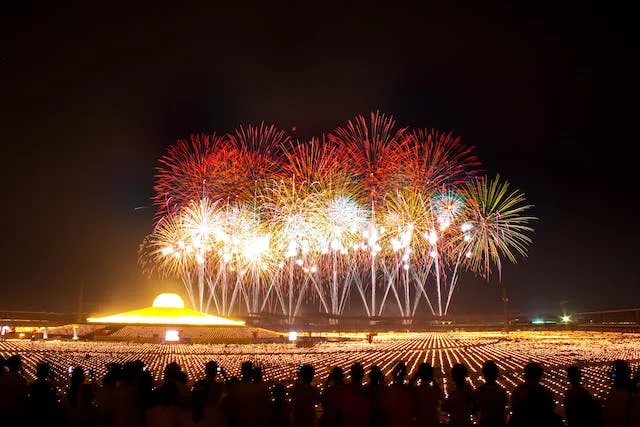
In many cultures, the countdown to midnight on December 31 is a moment of shared anticipation. Crowds gather in public spaces or tune in from their homes to witness the transition from the old year to the new, often accompanied by lively music and jubilant cheers.
Special foods and traditional dishes play a significant role in New Year celebrations. These culinary delights vary widely, from grapes in Spain to black-eyed peas in the southern United States, each carrying its own symbolic meaning for prosperity and good fortune in the coming year.

Family gatherings are a cornerstone of New Year celebrations in numerous cultures. The holiday provides an opportunity for loved ones to come together, share a meal, and reflect on the experiences of the past year. This sense of togetherness fosters a feeling of unity and strengthens the bonds between family members.
As the world becomes more interconnected, these cultural traditions continue to merge and influence one another, creating a global celebration that transcends borders. The beauty of New Year traditions lies in their ability to weave a thread of joy and hope across diverse communities, reminding us of our shared humanity.
December 31 Celebrations
As the clock approaches midnight on December 31, people around the world come together to bid farewell to the old year and usher in the new one with joyous celebrations.

Communities gather in various ways to mark this significant moment. Festive gatherings, whether in bustling city centers or intimate home settings, create an atmosphere of excitement. Music fills the air, setting the stage for a collective countdown that builds anticipation as the seconds tick away.
The stroke of midnight is often heralded by spectacular fireworks displays, illuminating the night sky in a dazzling array of colors. These vibrant explosions symbolize the joy and exuberance associated with the start of a fresh chapter.
In addition to fireworks, various regions have their unique customs for December 31 celebrations. Some engage in the tradition of “first-footing,” where the first person to enter a home after midnight brings symbolic gifts, representing good luck for the coming year.
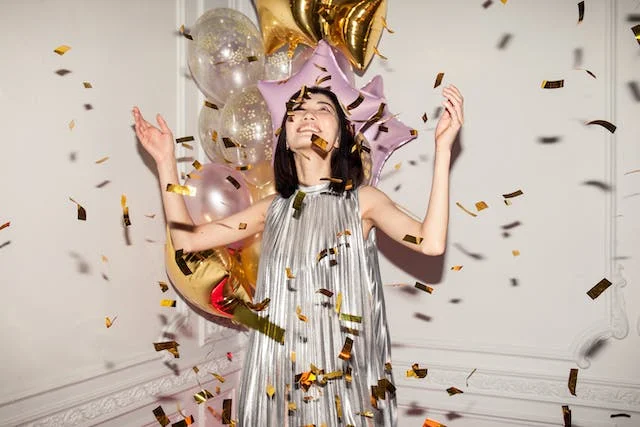
Overall, December 31 celebrations are a culmination of shared joy and anticipation, bringing people together to embrace the transition from the old to the new. Whether in large gatherings or quiet moments of reflection, these celebrations symbolize the universal desire for a hopeful and positive start to the upcoming year
January 1: A Day Of New Beginnings
January 1 marks the beginning of the New Year, universally recognized as a day of reflection and fresh starts. As the world wakes up to the first day of the year, there is a collective sense of optimism and excitement for what lies ahead.
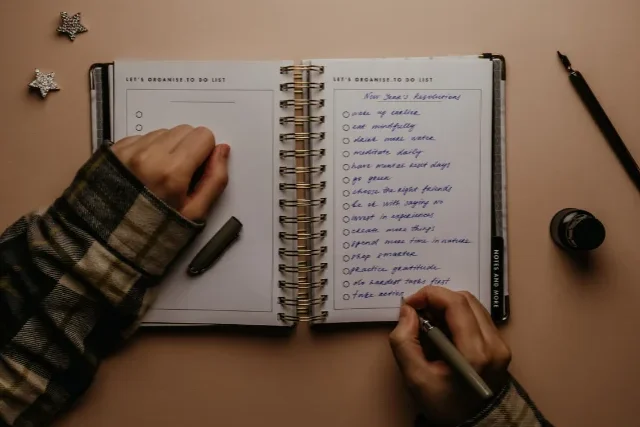
Many people take this day as an opportunity to set resolutions: personal goals and intentions for the coming year. These resolutions often revolve around self-improvement, fostering positive habits, and embracing new opportunities. While the success of resolutions may vary, the act of setting them serves as a symbolic gesture of commitment to personal growth.
Across the globe, January 1 is a day for gatherings and celebrations. Families and friends come together to share meals, exchange good wishes, and reinforce the bonds that connect them. The joy of being in the company of loved ones on this special day reinforces the sense of community and unity.
In some cultures, the first day of the year is marked by specific rituals or activities believed to bring good fortune. Whether it’s participating in religious ceremonies, enjoying traditional meals, or engaging in activities that symbolize luck and prosperity, these customs contribute to the richness of New Year celebrations.
January 1 is more than just a date on the calendar; it represents a fresh page in the book of time, waiting to be filled with new experiences, opportunities, and memories. As the world collectively turns the page to a new chapter, the spirit of hope and the promise of new beginnings resonate, making January 1 a day filled with the potential for positive change and endless possibilities.
New Year's Culinary Delights
As the clock strikes midnight on New Year’s Eve, tables around the world are adorned with a feast of culinary delights. Food plays a central role in these celebrations, with each dish carrying its unique significance and symbolism.
Symbolic Foods: Many cultures have traditional foods believed to bring good luck and prosperity in the New Year. In Italy, lentils symbolize wealth and prosperity, while in Japan, a special soup called ozoni is prepared with mochi, symbolizing longevity.
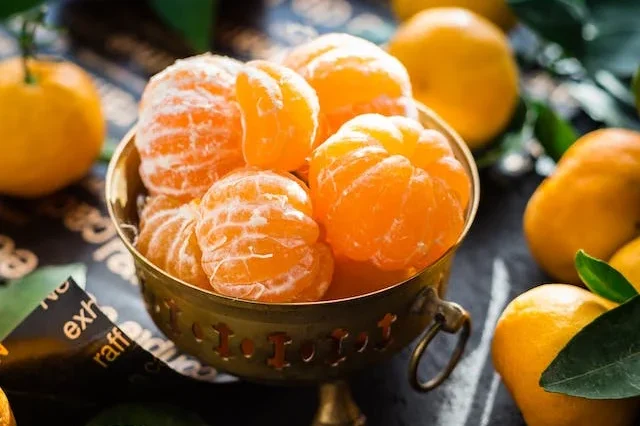
Round Foods: The shape of certain foods is often associated with completeness and unity. Foods like round fruits, representing coins, are popular choices. Oranges, for example, are common in many cultures as they symbolize wealth and good fortune.
Bread and Grains: Bread and grains are staples in New Year celebrations across various cultures. They symbolize abundance and the promise of a bountiful harvest in the upcoming year. Special bread or grain-based dishes are prepared with this symbolism in mind.
Feasting with Family: Sharing a hearty meal with family and friends is a universal aspect of New Year’s celebrations. The act of coming together to enjoy a festive meal fosters a sense of togetherness and strengthens the bonds that tie loved ones.

Sweet Treats: Desserts and sweet treats are a must during New Year celebrations. In many cultures, the sweetness is believed to attract positive energy and joy for the coming year. Indulging in cakes, pastries, or candies becomes a delightful tradition.
New Year Superstitions
New Year’s Eve is often accompanied by a tapestry of superstitions and beliefs that have been passed down through generations. These age-old customs add an extra layer of intrigue and anticipation to the celebration.
Lucky Foods: Many cultures associate certain foods with good luck for the coming year. In Italy, lentils symbolize wealth and prosperity, while in Japan, a special soup called ozoni is prepared with mochi, symbolizing longevity.
First-Footing: The first person to enter a home after midnight is believed to bring good or bad luck for the upcoming year. In some cultures, the “first-footer” is ideally a tall, dark-haired male, symbolizing prosperity and happiness.
Noise-Making: The tradition of making noise at midnight, whether through fireworks, bells, or loud music, has roots in the belief that the sound scares away evil spirits and welcomes good luck.
Clean Slate: Cleaning the house before the New Year is a common superstition. It’s believed that a clean and organized home invites positive energy and removes any lingering negativity from the past.
Avoiding Work: Some people refrain from engaging in any strenuous work on New Year’s Day to avoid the risk of exerting energy and luck. Instead, it’s a day to relax and enjoy the company of loved ones.
Choosing Colors: Wearing specific colors on New Year’s Eve is thought to influence the year ahead. Red is often associated with love and passion, while white symbolizes new beginnings and purity.
Midnight Kiss: Sharing a kiss at the stroke of midnight is a cherished tradition believed to symbolize love, connection, and the promise of companionship in the upcoming year. Whether between couples, friends, or family members, this simple yet meaningful gesture adds a touch of romance and warmth to the festivities.
While these superstitions vary across cultures, they share a common thread of seeking good fortune and warding off negativity as the New Year dawns. Incorporating these beliefs into the celebration adds a touch of mystery and tradition, making the transition to the new year even more captivating.
In the symphony of global celebrations that mark the transition from December 31 to January 1, the New Year emerges as more than just the turning of a calendar page. It is a time-honored tradition woven with threads of cultural richness, personal reflections, and age-old superstitions. From the jubilant gatherings and colorful traditions to the shared excitement of fireworks and the intimate moment of a midnight kiss, the New Year embodies a universal desire for hope, renewal, and the promise of a fresh start.
Cheers to the New Year and the boundless possibilities it brings!
